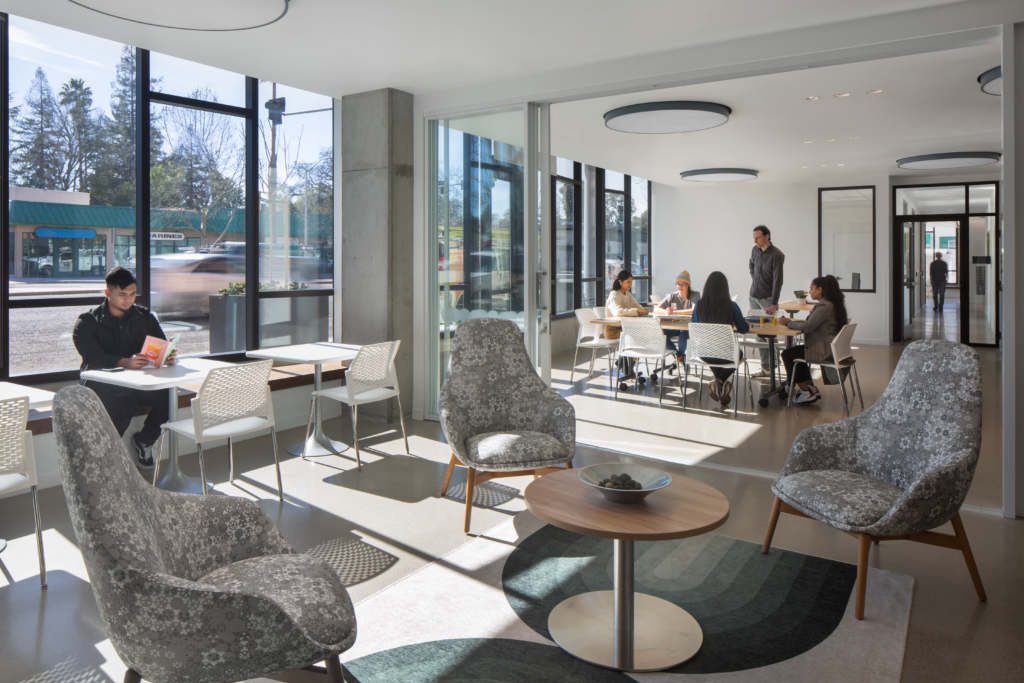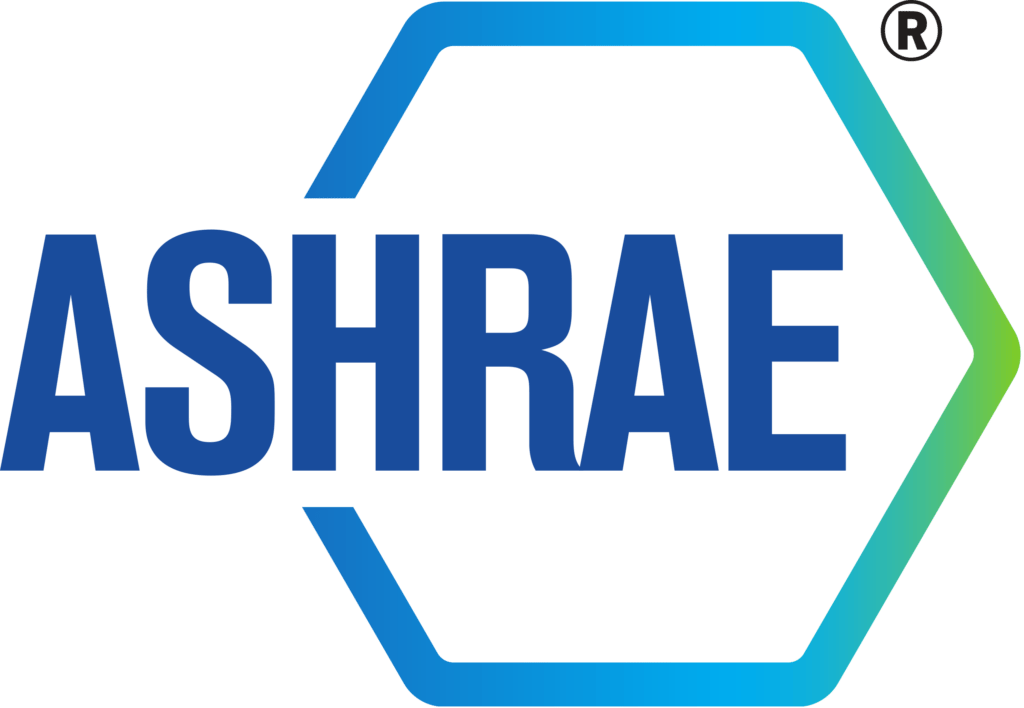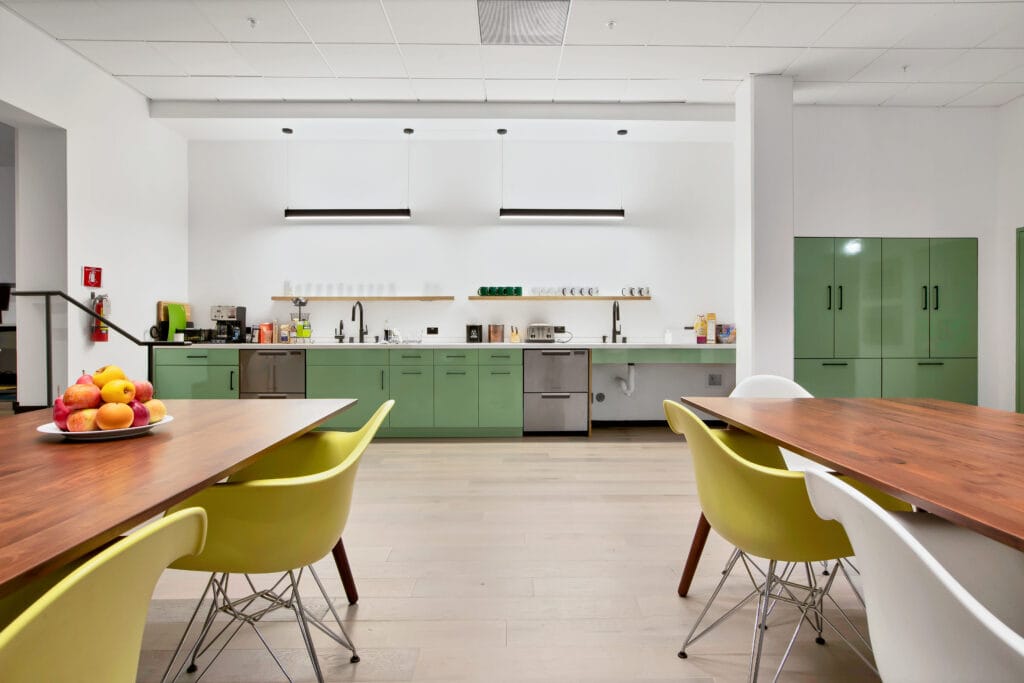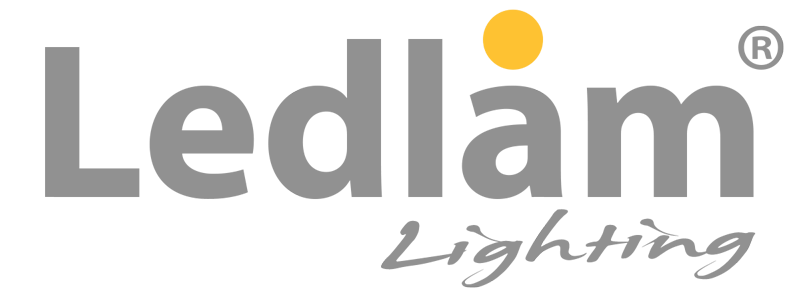New laws aimed toward reaching continued energy-efficient growth contains an incentive for elevated labor wages and different vital knowledge factors for overview. “Buildings are chargeable for 40 p.c of whole vitality use in america, together with 75 p.c of all electrical energy use and 35 p.c of the nation’s carbon emissions.”[1] To encourage vitality financial savings, the U.S. Internal Revenue Code Section 179D now provides homeowners and designers of energy-efficient buildings important tax deductions for brand spanking new development and retrofitted buildings assembly sure vitality standards beneath the tax code. These tax deductions are additionally away for energy-saving renovations of depreciating properties to get instant assist.[2] This text outlines presently out there alternatives for homeowners and designers of energy-efficient buildings that qualify for 179D, in addition to gauging the impression of this program.
The Inflation Discount Act
The intention behind 179D, which was applied in 2006 by way of the Vitality Coverage Act of 2005, has been considerably expanded by way of the Inflation Discount Act in 2022, making it simpler for homeowners and designers of energy-efficient buildings to qualify for bigger tax deductions. This program allows contributing architects, engineers, methods designers, contractors and vitality consultants to be included as constructing designers. House owners and designers of economic properties and multi-family residential buildings of 4 or extra tales are additionally eligible for tax deductions. Different residential buildings that aren’t eligible for 179D could qualify for different tax deductions together with IRS 179 and 45L.

The Inflation Discount Act’s modifications to 179D are difficult and it’s all the time a good suggestion to seek the advice of a professional tax adviser. For instance, a 50 p.c constructing vitality financial savings (when in comparison with the vitality customary of ASHRAE 90.1-2007) to obtain $1.88 per sq. foot in tax deductions, which allowed partial deductions in addition to deductions by way of particular person constructing methods, will get a brand new customary.[3] Starting in 2023, constructing vitality methods should mix to achieve a complete of 25 to 50 p.c financial savings to qualify for this program. From 2023 ahead, 179D-eligible energy-efficient buildings qualify for as much as $5 per sq. foot in tax deductions.[4] The elevated deductions are made out there for 179D by way of a brand new wage and apprenticeship bonus which incentivizes honest wages and apprenticeship, a purported objective of those new tax deductions. Making 179D everlasting regulation, in addition to developments by way of the Inflation Discount Act, has been welcomed by sure trade professionals, equivalent to KBKG Tax Credit score Adviser, Lee Melbourne.
Constructing Techniques Tax Deductions
The constructing methods that contribute to the vitality financial savings of 179D embody:
- Inside lighting (and its electrical methods)
- Heating, cooling, air flow (HVAC), and scorching water methods
- Constructing envelope (instance: façade, partitions, home windows)
Every of those constructing methods performs an vital position in total constructing vitality consumption. Traditionally, lighting expertise has improved vitality effectivity and LED lighting has been significantly efficient since its introduction. “…LEDs in white gentle, basic illumination functions are in the present day’s most energy-efficient and rapidly-developing lighting expertise. LEDs use as much as 90 p.c much less vitality and last as long as 25 occasions longer than conventional incandescent bulbs.”[5] Utilizing LED lighting, adaptive controls and fashionable electrical methods are easy strategies of minimizing vitality utilization. Each energetic and passive heating, cooling, air flow, scorching water methods, warmth pumps and good expertise administration additionally immediately contribute to vitality financial savings. Equally, constructing envelopes utilizing extremely insulative supplies, glazing methods, roof designs and façade designs save further vitality prices.

The American Society of Heating, Refrigerating and Air-Conditioning Engineers (ASHRAE) develops vitality effectivity requirements and constructing methods that apply to constructing vitality rules. ASHRAE’s current customary 90.1-2007 is efficient by way of 2026, and ASHRAE’s customary 90.1-2019 goes into impact after 2026. On condition that LED lighting shouldn’t be included within the ASHRAE 90.1-2007, utilizing LEDs in new development and retrofit constructing initiatives is an efficient methodology of qualifying for 179D tax deductions. A mixed common in constructing methods vitality financial savings of 25 to 50 p.c (in relation to ASHRAE 90.1) qualifies homeowners and designers to obtain a spread of tax deductions primarily based on particular metrics as outlined under.
Assembly the prevailing wage and apprenticeship necessities permits the taxpayer to take most benefit of the tax deductions out there for energy-efficient buildings. These deductions enhance for every share level of vitality financial savings you obtain above 25 p.c (when in comparison with ASHRAE 90.1), with the utmost deduction out there at 50 p.c vitality financial savings. With out assembly the wage and apprenticeship necessities, the energy-efficient constructing would obtain $0.54 per sq. foot at 25 p.c vitality financial savings, with a most of $1.07 per sq. foot at 50 p.c vitality financial savings ($0.02 extra per sq. foot for every further share level). For buildings accomplished in 2023, by assembly the federal government’s wage and apprenticeship necessities, energy-efficient buildings obtain $2.68 per sq. foot at 25 p.c vitality financial savings, with a most of $5.36 per sq. foot at 50 p.c vitality financial savings ( $0.11 extra per sq. foot for every further share level). Subsequently, on the minimal 25 p.c vitality financial savings to qualify for these tax deductions, taxpayers qualify for $2.14 extra per sq. foot in deductions by assembly wage and apprenticeship necessities.[3] On account of 179D’s inflation measure as a part of its coverage, the utmost deduction out there from 2024 ahead is elevated to $5.65 per sq. foot and can proceed to extend with inflation.
Program Specifics
The federal government’s new Registered Apprenticeship Program encourages coaching and honest wages for entry-level staff.

To qualify for 179D’s wage and apprenticeship necessities, if a undertaking has 4 or extra staff, at the very least one is required to be a registered apprentice. If development begins in 2024 or later, at the very least 15 p.c of the development, alteration or restore work have to be executed by a professional apprentice. Any employee on these initiatives designated to carry out development, alteration or restore work is required to be paid the minimal prevailing wage necessities of the native jurisdiction with a purpose to qualify for the wage and apprenticeship bonus of 179D.
Making a timeline of qualifying energy-efficient constructing development is vital beneath the brand new tax rule. The Inflation Discount Act (efficient in 2023) permits retrofit buildings to be in contrast by their previous annual vitality use depth, whereas, beforehand, retrofit initiatives needed to attain the extra formidable 25 p.c financial savings from ASHRAE’s customary. Retrofit initiatives with what the IRS regards as a couple of vitality financial savings enchancment over time are additionally eligible to qualify for up to date 179D tax deductions each 5 years, based on KBKG tax credit score supply Lee Melbourne. Business constructing homeowners can apply for the 179D tax deduction for buildings accomplished since 2006, although design professionals are eligible just for initiatives accomplished throughout the final three years of the constructing’s development.
The constructing vitality evaluation for 179D have to be executed by way of a program from an inventory of vitality calculation packages authorized by the IRS, which a professional third-party firm might be able to help find. Qualifying for these packages “takes some money and time, however means cash in your pocket, and KBKG handles the whole lot from begin to end,” says Melbourne.
In California, vitality rules are already extra stringent by way of the Title 24 Constructing Requirements Code, enabling the tax deductions of 179D to be routinely out there for many new development and retrofit initiatives within the state. Employee legal guidelines in California additionally make it simpler for these initiatives to qualify for the wage and apprenticeship restrictions of 179D. Subsequently, Melbourne advises, that working with certified third-party tax credit score firms to obtain these 179D tax deductions is an easy solution to obtain most deductions for energy-efficient buildings in California.

179D additionally incentivizes diminished vitality use by allowing tax-exempt entities to allocate tax deductions to designers. Initially, designers have been solely eligible to obtain allotted 179D tax deductions for presidency buildings, which has been expanded from 2023 on to incorporate charitable organizations, church buildings, non-public colleges and universities, Native American tribal governments, Alaska Native firms and others. These moreover favored constructions can have an effect on vitality sustainability and financial savings by way of this tax program. For designers to obtain tax deductions for presidency and tax-exempt initiatives with 179D, an allocation letter have to be submitted by the proprietor. For each new development and retrofits, KPKG’s Melbourne advises that homeowners can declare a tax deduction at any time, whereas designers are given three years for federal taxes (and 4 years for state tax in California) to assert deductions. Additionally, as these tax deductions happen as a part of an accelerated depreciation write-off, constructing tenants contributing to renovations may be eligible for these advantages.
A professional tax skilled will help constructing homeowners, designers and taxpayers be taught if a brand new development or retrofit undertaking is eligible for the Inner Income Code’s new energy-efficient constructing and labor tax deductions. The enlargement of 179D purports to learn the atmosphere and alter constructing, vitality and labor practices.
Sources:
[1] Nationwide Renewable Vitality Laboratory. NREL Researchers Reveal How Buildings Across United States Do—and Could—Use Energy. 2023.[2] Vitality Tax Savers. EPA 179D Permanently Extended.
[3] The Tax Adviser. Recent changes to the Sec. 179D energy-efficient commercial buildings deduction. 2023.
[4] KBKG. What is the EPAct 179D Tax Deduction?
[5] Vitality.gov. Energy Choices to Save You Money.
Source link

